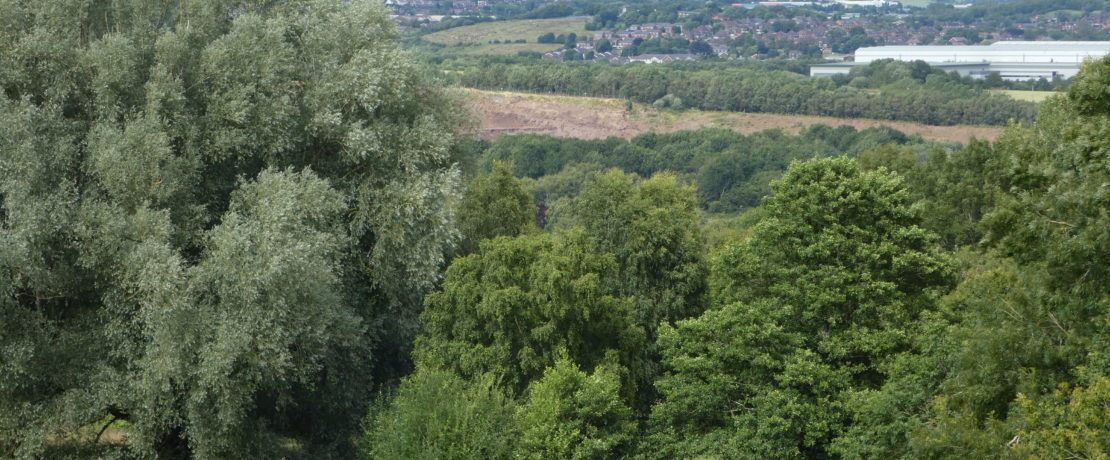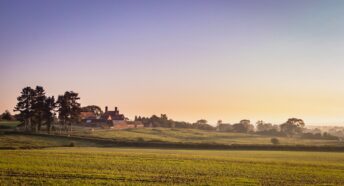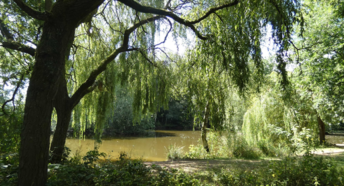A new use for an old golf course
Privatised privilege or a park for the people?
Locals call for the former Keele/Silverdale Municipal Golf Course to be transformed into ‘Silverdale Common’ – for the benefit of both people and nature.
Located in Silverdale and Keele in north Staffordshire, the former municipal golf course comprises 200 acres of pristine undeveloped woods, ponds and open grassland. It’s hugely popular for recreation and its central location gives it the potential to develop as a site of national interest. It has provided a lifeline for those living in what the national press dubbed ‘the UK’s smelliest village’ due to the stench from Walley’s Quarry. Since the golf course closed in 2015, rewilding has taken place before our very eyes, with an explosion of fauna and flora across the site.
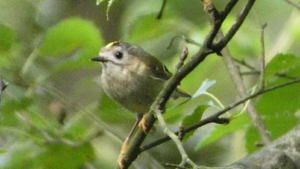
Designed by the Hawtree company, the golf course was highly regarded by players despite complaints of poor maintenance. Superstar golfer Ian Woosnam planned a rescue which aimed to set up an academy for students, but the rejection of his bid by site owner Newcastle-under-Lyme Borough Council (NULBC) led him to successfully invest elsewhere. The course closed down and, as landowner and planning authority, NULBC is determined to sell off its land to the highest bidder for a market-led ‘executive’ housing estate of between 1,200-1,800 houses as part of its Keele University Growth Corridor. NULBC claims to have a surplus of green space which it cannot afford to maintain and that concreting over the beautiful open space for executive homes will somehow spearhead economic growth.
As a business plan, building houses in the hope that regeneration will follow is certainly a tried and tested (and failed) model of economic development. Yet in an age of climate emergency and re-connection with nature, the idea that there can be an over-provision of open space which needs to be developed seems firmly entrenched in the pre-pandemic past. As a combination of established and deliberately planted woodland, the site has a huge variety of different tree species. It is therefore effectively North Staffordshire’s only arboretum, with a high ecological value – something recognised by the council itself in the 1950s with tree protection orders covering the site.
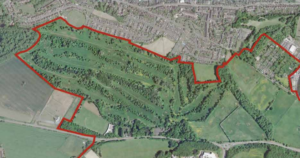
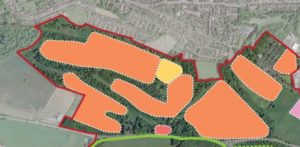
Key questions to consider are:
- How does the removal of open space from an area of socio-economic deprivation for ‘executive’ housing align with the government’s promise of a ‘levelling up’ agenda?
- How does the removal of 200 acres of undeveloped open space align with the government’s promise to protect the green belt?
The case for development would appear to be weak, with large swathes of the once-thriving town centre in Newcastle-under-Lyme lying derelict. A walk through it reveals long-vacated council buildings, empty shops and decaying half-built student accommodation; developing these brownfield sites would directly enhance the local environment and economy. House prices are amongst the lowest nationally and the council has a 5 year housing land supply in place. The local green belt has already been severely eroded or built upon. The university and science park were removed from the Green Belt in the 1990s, and in Keele village, Green Belt status did not prevent an 80-house estate from being built, with a further 100 houses approved. Several more large estates have also been built in and around Silverdale. Locals can certainly say they’ve ‘done our bit’ for housing and development so the usual lazy insult of ‘NIMBY’ doesn’t apply here!
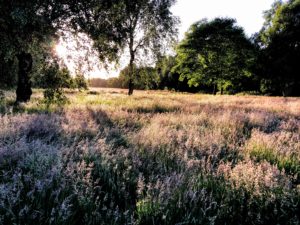
Bringing people and nature together
There is a robust scientific consensus around the clear benefits of easy access to natural environments for both physical and mental well-being. This 200-acre green space site represents the largest public open space owned by Newcastle-under-Lyme Borough council and its loss would be felt by those throughout the borough and beyond. The site is popular for recreational pursuits such as walking, cycling, mountain biking, ‘tree bathing’, running, jogging and dog walking. As well as official public footpaths, many other paths have developed due to its local popularity. The accessibility of the site was brought home to me when I saw an elderly man on a mobility scooter using the site to take his dog for a walk – this genuinely is a space for all, not for a privileged few.
A vision for a green future
The site provides a wildlife corridor between other open spaces and with very little effort could be developed to become a nature park to attract tourism and for educational purposes. It could connect with other nearby parks (Silverdale/Apedale) to form a ‘Three Parks Trail’; the biodiversity of each area having the potential to attract ecotourism nationally. The size of the golf course allows for mixed use for recreation as well as nature recovery.
Silverdale and Keele Parish councils’ joint application to have the area accepted as an Asset of Community Value was rejected by NULBC with a key reason being that the site was already ‘earmarked’ for development. Given that the council has yet to begin consultation on its new Local Plan and the site is legally protected Green Belt land, it is alarming that its mind appears to be already made up. Locals are rightly concerned that their consultation will merely be an expensive legal fig leaf rather than a genuine listening exercise.
While the Council remains adamant that a market-led housing estate is the only approach, a public campaign is necessary to persuade them of the wider long-term benefits of preserving the site for the people and natural environment. The creation of Silverdale Common would provide a vital open space for fresh air, recreation, rewilding, education and green economy employment opportunities. All of this could play a vital role in the area’s post-covid economic recovery as well as contributing to what looks to be an increasingly desperate fight against climate change.
What can I do next?
Here are some of the ways you can get involved in saving this precious green space for future generations. We are looking for volunteers to support us with campaigning, as well as those with legal/environmental expertise to scrutinize council proposals under planning law, appraise site environmental value and develop an alternative vision based on environmental and community needs.
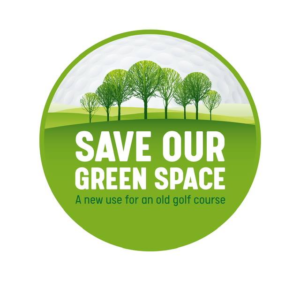 1. Visit the site! The more people experience the area the more will want to preserve it.
1. Visit the site! The more people experience the area the more will want to preserve it.
2. Contact us to get involved: Email Save Our Green Space: saveogs20@gmail.com
4. Contribute to our website and Facebook page
5. Contact NULBC Planning Dept to be kept informed of Local Plan developments: planningpolicy@newcastle-staffs.gov.uk
7. Write to Aaron Bell MP: aaron.bell.mp@parliament.uk
